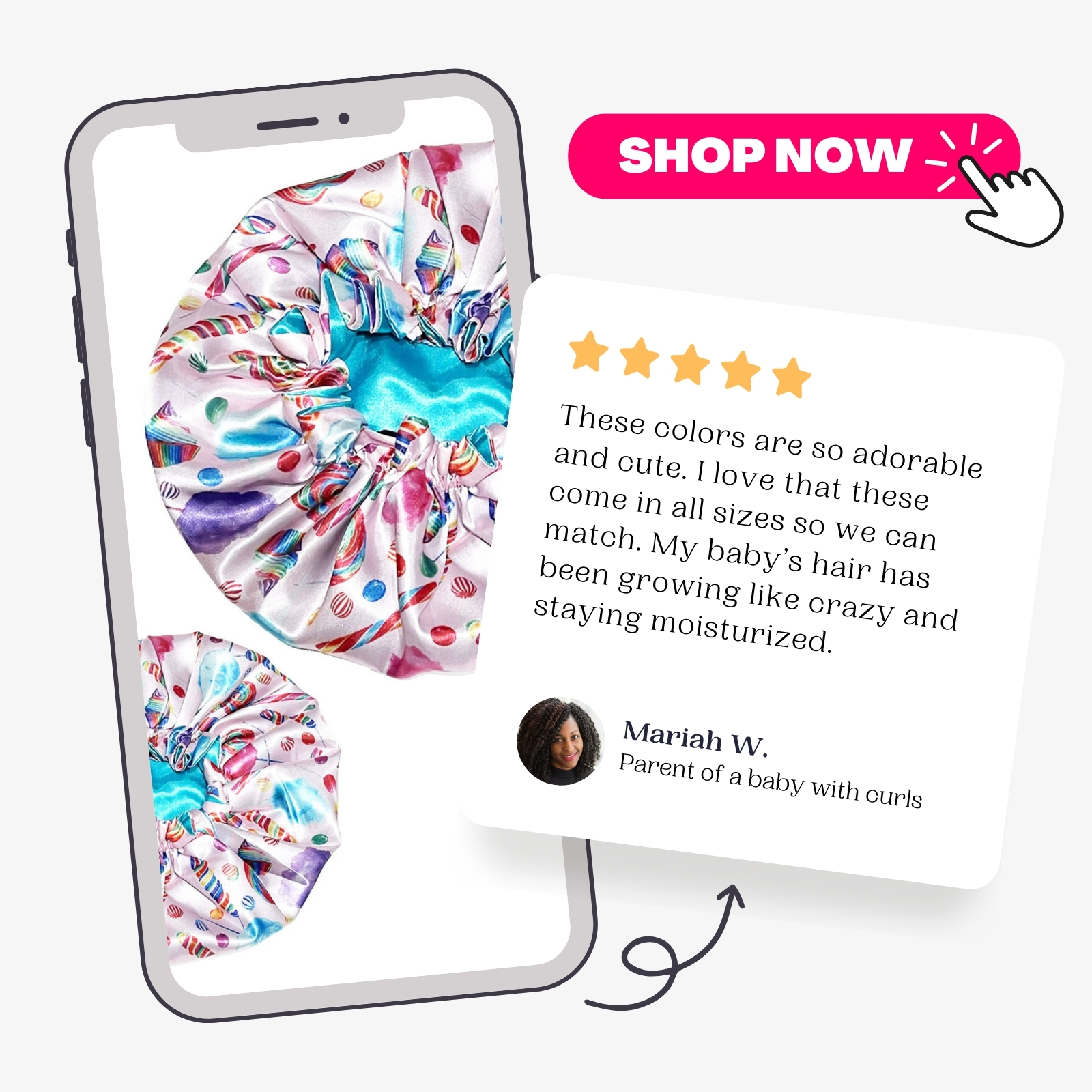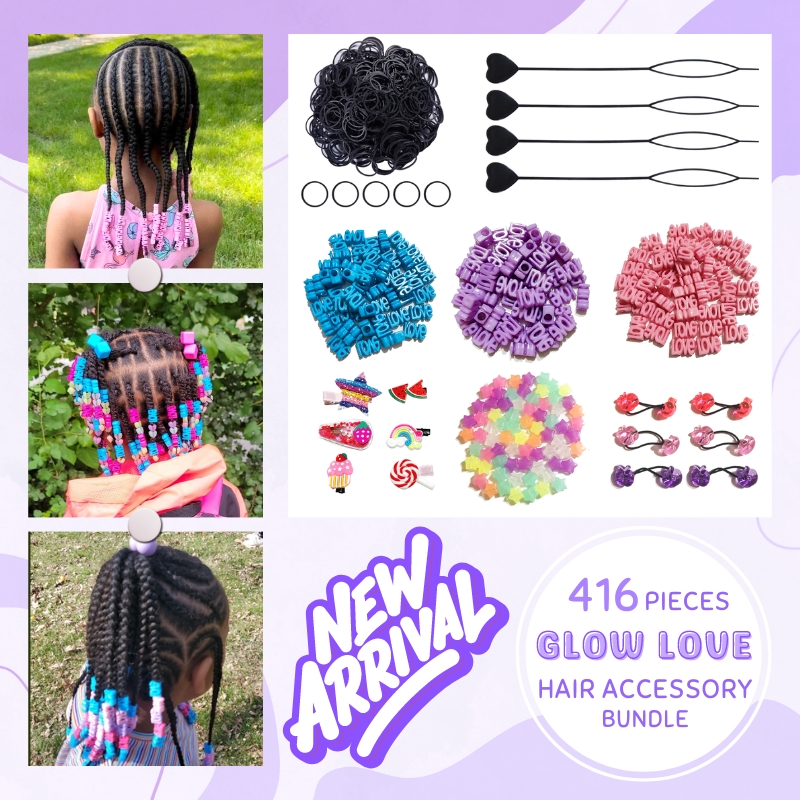
Growth and Maintenance
10 Tips for Protecting Your Child’s Natural Hair During the Cold Months
The winter air can be brutal on your child’s natural hair. The dry air can make retaining moisture and preventing breakage even harder.
In the winter, the sun is closer to the Earth, thus the effect of the sun’s UV rays reflecting off the snow worsens causing damage to their hair, especially the cuticle.
On top of that, the constant back and forth between freezing temperatures outside and hotter temperatures indoors makes their hair even more vulnerable to damage.
Fear not, however, because there are plenty of easy tips and tricks for winter hair protection.
1. Moisturize the Air
While it is good to moisturize your child’s hair during the winter months, it is equally important to also moisturize the air around the hair.
Humidity loss causes natural hair to weaken making it dry and brittle. You can fix this by placing humidifiers throughout the house, preferably in your child’s bedroom, to pump that much needed moisture back into the air.
2. Moisturize the hair
The key to ensuring your child’s hair health during the winter is by keeping it moisturized. Rub a quarter-sized amount of an natural oil (olive, JBCO, or coconut oil) between your hands and apply it to the hair starting at the ends and working your way to the scalp.
For long lasting moisture, consider using the L.O.C. Method or one of its variations to lock in moisture.
3. Deep condition
Despite your best efforts, your child’s wintertime hair may still need the occasional deep conditioning treatment. If you don’t deep condition your child’s hair at least once a month, now would be the time to consider incorporating it into your routine.
If you do already deep condition monthly, you may want to consider upping the frequency and/or adding a pre-poo to your routine.
4. Try an apple cider vinegar rinse
Apple Cider Vinegar, or ACV, has a long list of benefits. Some of those benefits for hair are: balancing hair and scalp pH, removing product buildup, softening the hair and treating dandruff and hair loss.
Try adding 1 tbsp of ACV per 2 cups of water to a spray bottle and spray generously throughout the hair.
Since apple cider vinegar can burn if it gets into your child’s eyes, have them cover their eyes with a damp washcloth and lean their head back while you spray.
5. Try a protective style
A protective style is any hairstyle that protects the ends of the hair from breakage and over exposure to harsh elements. Protective styles prevent manipulation of the hair thus encouraging length retention. Protective styles include two-strand twists, flat twists, cornrows, braids, buns, crochet braids and up-dos.
Here are some protective styles to consider:
- @cocostyles81
- @cocostyles81
6. Don’t forget about the scalp
The scalp needs just as much TLC during the winter as the hair. A telltale sign that the scalp could use some love is if your child is constantly scratching at the scalp or if you’ve noticed that it is becoming irritated or extremely dry.
An easy way to fix this is to apply a natural hair oil to it such as coconut or jojoba oil. You also want to closely examine the scalp to ensure that the protective style isn’t too tight, and that there are no infections.
7. Do not wash hair frequently
Washing the hair too much during the winter contributes to drying out the hair and scalp, which can lead to dandruff. It is best to wash hair once every 7-10 days, or longer, if possible.
8. Drink lots of water
It may be difficult to get your child to drink water during the winter since it’s cold, but it truly does make a difference when their body is hydrated. Try to get them to drink as much water as possible. Sometimes adding their favorite fruit is just the boost they need to drink it down.
9. No going outside with wet hair
Never let your child go outside during the winter months with wet hair. The freezing temperatures can quickly freeze the water in their hair, leading to breakage and damage.
Also, consider limiting heat usage with hair dryers. Blasting hair with high heat can contribute to excessive dryness. Allow enough time for your child’s hair to air dry by doing it the night before.
10. Wear satin-lined winter hats or satin scarves underneath hats
Satin lined winter caps and satin scarves under hats protect hair from friction and moisture loss, while simultaneously keeping the head warm.
Wool hats can absorb moisture from your child’s hair and cause friction and breakage. Creating a protective barrier between the hair and the wool hat will not only add another layer of warmth, but will keep strands safe from damage.
- Edge Protecting Satin Scarves
- Satin Lined Winter Hats
Purchase a charmeuse satin edge laying scarf from our online store the Natural Hair Shop and have your child wear it underneath their favorite winter hat. Or, you can purchase satin-lined winter hats instead.
As a bonus, take 15% off of your entire purchase with coupon code: blog15 at checkout!
NEED MORE TIPS?
Ask your hair questions in the comments!
Need a Cold Weather Hair Care Regimen for Kids?
DOWNLOAD OUR FREE WORKBOOK NOW!
















1 Comment